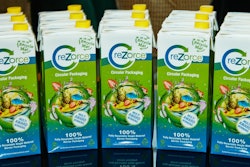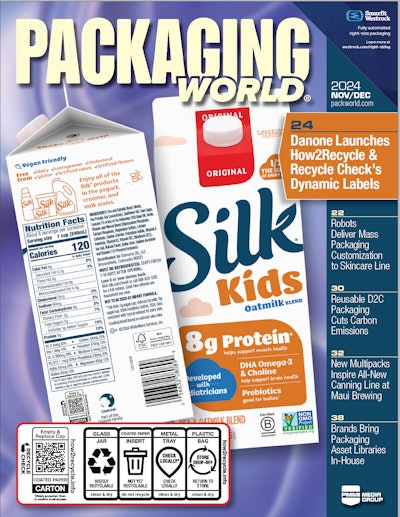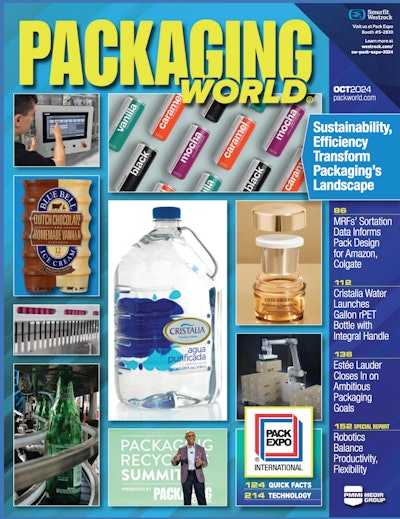
Circularity advocates using resources to produce products, keeping those products in use for extended periods, and disposing of them via recycling. Circularity contrasts itself with linearity, a system of resource extraction, processing, consumption, and disposal. Circularity is being promoted by oil companies/resin producers and regulatory agencies as a response to plastic pollution and its tie to the existential threat of climate change.
The pursuit-worthiness of circularity notwithstanding, CPGs need to determine what opportunities and challenges circularity poses for them. For decades, CPGs have strategized around sustainability, along with associated concepts, such as the 3-Rs (reduction, recycling, reuse), the 3-Ps (planet, people, profits), and LCA (life cycle assessment).
It’s not that circularity conflicts with these concepts—to the contrary, circularity is all-encompassing, and therein might lie a problem. That’s because CPGs, more so than other vested entities, communicate their sustainability credentials directly to consumers. The typical medium is the packaging, with its claims of recycled content, reduced material usage, etc. Attempts to reeducate consumers with new terminology carries risks—especially if the nuances among the accustomed and the new might not be easily perceived (or even trusted) by those consumers. And it’s not just the lay consumer who is subject to confusion. Even an industry insider might ponder the difference between circularity and the older concept of a zero-waste society.
Packaging in general, and plastic packaging in particular, unavoidably will be in the crosshairs of any initiative aimed at solving environmental pollution. The reason ironic. Packaging is a target because of its contributions to the quality-of-life that is a hallmark of modern societies. Packaging makes possible mass production, mass marketing, mass distribution, and mass consumption, making packaging a convenient culprit for mass pollution.
Yes, despite its benefits, packaging is a component of solid waste, especially what’s derived from households. It shouldn’t be overlooked, however, that packaging also prevents waste, especially of the agricultural variety. In a different but related example, packaging technology helps lesser-developed countries increase their value-added exports, thereby reducing reliance on commodity exports. A balanced perspective about packaging is warranted, something not subscribed to by critics who regard packaging as dispensable, without naming its replacement.
Across sectors, CPGs have made good-faith efforts to minimize the environmental footprint of their packaging. But CPGs must operate within the constraints of certain facts. Fact: the demand for packaging is derived from the demand for the product contained therein. Fact: packaging, therefore, is an expense, impacting profits. Fact: no company should spend more on packaging than is necessary to fulfill the application-specific functions of that packaging. Fact: straight-thinking CPGs don’t oppose sustainability/circularity, recognizing its potential for a competitive advantage. Fact-of-facts: CPGs can’t ignore consumers’ demands for convenience.


.OvcZHe3G0k.jpg?crop=focalpoint&fit=crop&fp-x=0.5&fp-y=0.5&h=67&w=100&auto=format%2Ccompress&q=70)






















